Eastern State Penitentiary: A Journey Through History and Hauntings
Introduction
Eastern State Penitentiary, located in Philadelphia, Pennsylvania, is one of the most iconic historical landmarks in the United States. It was once a revolutionary model for prison reform, but today this hauntingly beautiful structure serves as a museum and a chilling reminder of the past. It is known for innovative architecture, notable inmates, and ghostly legends. Eastern State Penitentiary is an intriguing blend of history and the supernatural. With its reputation as one of the most haunted places in America, the penitentiary continues to attract historians, paranormal enthusiasts, and average curious tourists alike.
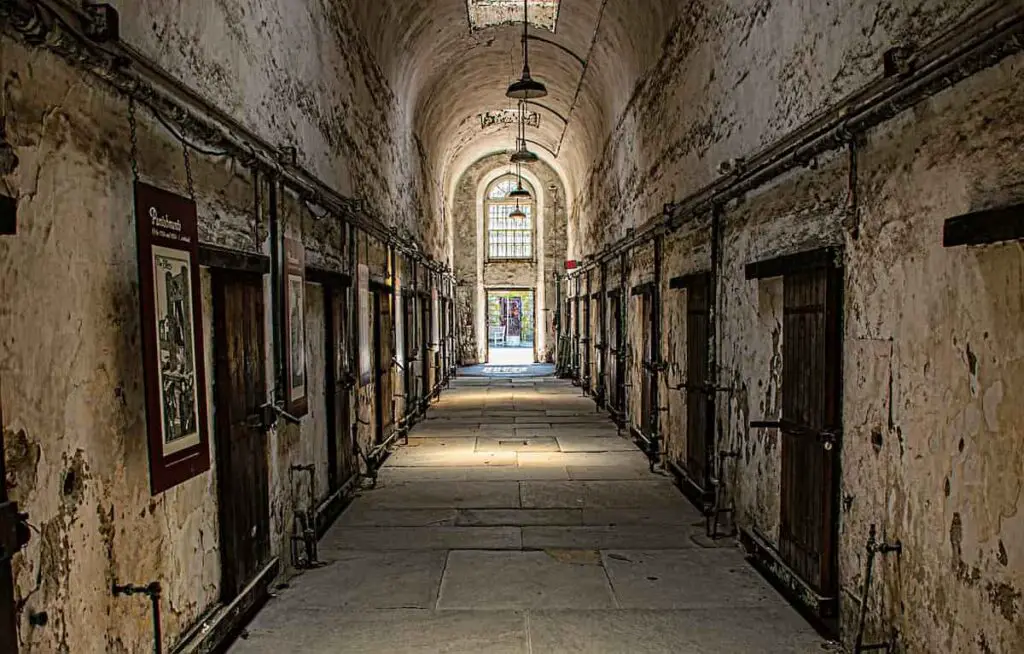
The Historical Significance of Eastern State Penitentiary
The Birth of a Revolutionary Prison
The inception of Eastern State Penitentiary in 1829 marked a turning point in the history of criminal justice and prison reform. The prison was designed by the renowned British architect John Haviland. His vision was to create a facility that would reform rather than punish. Eastern State was built as the embodiment of the Pennsylvania System. This was at the time a radical approach to incarceration that emphasized solitary confinement as a method of rehabilitation.
The idea of the Pennsylvania System was to isolate prisoners, forcing them into deep reflection and repentance. The cells were designed to prevent any interaction between inmates, with a single skylight—referred to as the “Eye of God”—providing light from above. The belief was that this solitary experience would encourage moral reform, helping prisoners find redemption through isolation and self-examination. This theory and philosophical approach to incarceration made Eastern State Penitentiary a model for more than 300 prisons around the world.
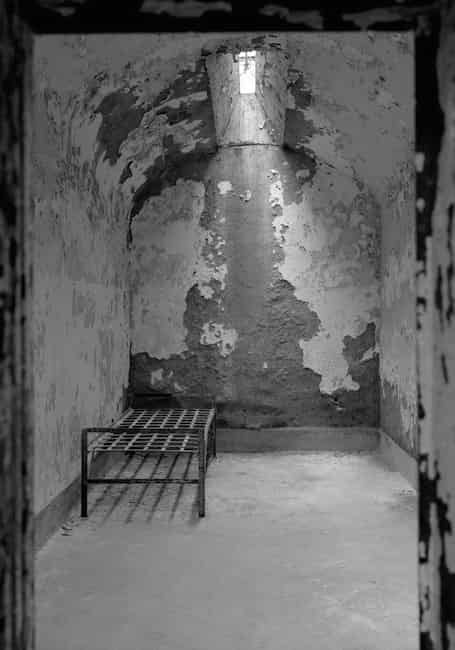
Notable Inmates and Events
Throughout its operational years, Eastern State Penitentiary housed some of the most notorious criminals of its time. Perhaps the most famous of these inmates was Al Capone, the infamous Chicago mob boss. Capone was held at Eastern State in 1929, serving a sentence for carrying a concealed weapon. According to prison records, Capone enjoyed more luxuries than other inmates, including fine furniture, a desk, and even a radio in his lavishly furnished cell.
Another infamous inmate was bank robber Willie Sutton, who became widely known for his multiple escape attempts. His most famous escape occurred in 1945 when he and several other inmates successfully tunneled out of the prison. Although they were eventually caught, Sutton’s escapades contributed to the penitentiary’s legend.
In addition to notorious criminals, the prison witnessed some key historical events, including riots and escapes that captured national attention. Each inmate and incident added another layer to the prison’s already complex history.
Decline and Closure
The solitary confinement system began to lose favor in the late 19th century. Critics argued it caused severe psychological damage to inmates. Without the philosophical motivation for isolation and with a constant lack of adequate prisons the the institution gradually moved away from complete isolation. The penitentiary continued to operate as a normal prison with shared cells and interaction between the incarcerated, but by the mid-20th century, it had become outdated and overcrowded.
So, in 1971, Eastern State Penitentiary officially closed its doors, ending over 140 years of operation. After its closure, the prison fell into decay, with nature overtaking many of the once-imposing structures. In 1994, the site was reopened as a museum and historic site, allowing the public to explore its haunting corridors and learn about its storied past.
Fascinating Facts About Eastern State Penitentiary
Architectural Marvels
Eastern State Penitentiary was not only revolutionary for its approach to incarceration but also for its architectural innovations. The prison boasted several advanced features for its time, including running water and central heating—amenities that were installed even before the White House had them. The facility was designed with a unique “wagon wheel” or radial floor plan, with cellblocks radiating from a central hub. This design allowed guards to monitor all areas of the prison from a single vantage point, a feature that influenced the construction of countless prisons around the world.
The imposing Gothic architecture of Eastern State Penitentiary, with its fortress-like walls and towering guard towers, added to its intimidating presence. The design was intended not only to house prisoners but also to serve as a symbol of authority and control, reminding both inmates and the public of the power of the state.
Cultural Impact
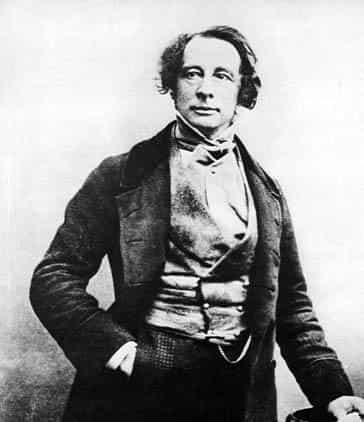
Eastern State’s architectural and philosophical approach to incarceration inspired the construction of prisons worldwide, from Europe to Latin America and Asia. During its early years, the penitentiary attracted the attention of prominent figures. The British writer Charles Dickens and French political thinker Alexis de Tocqueville both visited the prison to observe the controversial Pennsylvania System firsthand.
Dickens, however, was highly critical of the solitary confinement method. After his visit in 1842, he wrote in his book American Notes that isolation was a form of torture, and he expressed deep concern for the mental health of the prisoners. But Eastern State still became the standard for penal institutions globally, marking its profound impact on criminal justice reform. Maybe more so for its design than for its isolation philosophy.
Hauntings and Ghost Stories
The Haunted Reputation
Eastern State Penitentiary is as famous for its ghost stories as it is for its historical significance. With its dark past, marked by isolation, suffering, and even death, it is no wonder that the prison has earned a reputation as one of the most haunted locations in America. Visitors and staff have reported numerous paranormal occurrences, from shadowy figures and eerie whispers to full-bodied apparitions.
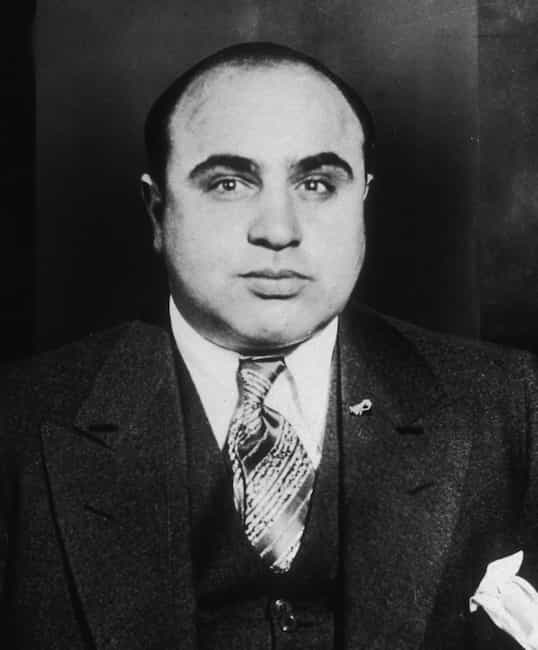
One of the most famous ghost stories involves Al Capone. During his imprisonment, Capone reportedly claimed to be haunted by the ghost of James Clark, one of the victims of the St. Valentine’s Day Massacre, a crime attributed to Capone’s gang. According to reports, Capone was often heard crying out for forgiveness in the middle of the night, tormented by the specter of Clark in his cell.
Paranormal Investigations
Eastern State Penitentiary in Philadelphia has become a hotspot for paranormal investigators, including popular television shows like Ghost Hunters and Ghost Adventures. These teams have conducted multiple investigations within the prison’s walls, often capturing unexplained phenomena on camera or audio devices. The most frequently reported paranormal activity (not surprisingly…) includes sudden drops in temperature, strange sounds, and sightings of shadowy figures moving through the corridors.
Some visitors have reported feeling an overwhelming sense of dread while exploring certain areas of the prison, particularly around Death Row and Cellblock 12, both of which are said to be hotbeds of paranormal activity. Even staff members working during the day have shared stories of inexplicable encounters, further adding to the penitentiary’s eerie reputation.
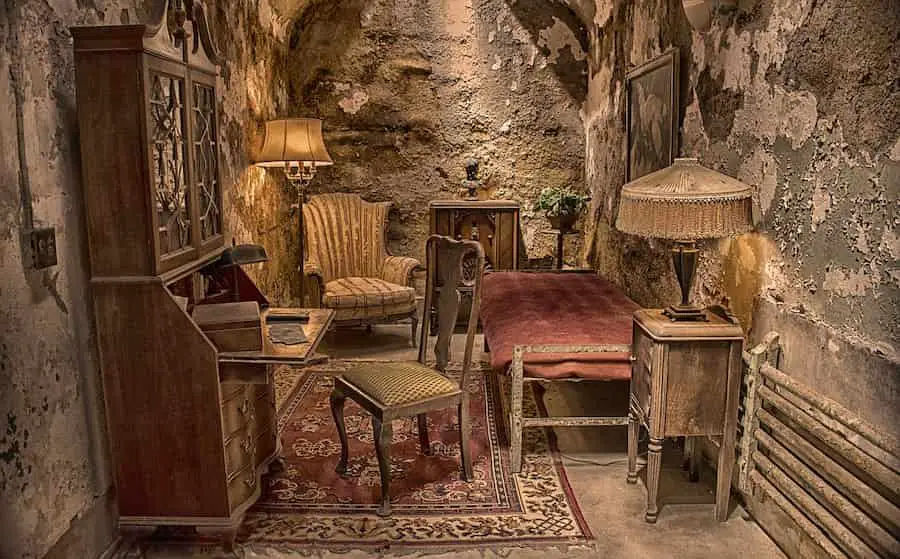
The Science Behind the Hauntings
The prison’s architecture, with its dark, narrow corridors and isolated cells, creates a claustrophobic atmosphere that can heighten feelings of fear and anxiety. Some psychologists suggest that these feelings, combined with the prison’s grim history, may lead visitors to perceive ghostly occurrences where none exist.
In addition, the dilapidated state of the prison, with crumbling walls and creaking floors, can produce unsettling sounds that may be mistaken for paranormal activity. The power of suggestion also plays a significant role; visitors who arrive expecting to encounter ghosts may be more likely to interpret ordinary events as supernatural.
Unfortunately, the episodes by the famous ghost-hunting TV channels are stuffed with the usual paranormal exploration tricks. That includes flickering lights, blurred video shots with terrible lighting, and the ever-present EVPs from which you really cannot make out anything. The dark halls, and the very long corridors where you can’t see to the far end, are perfect settings for shooting ghost videos.
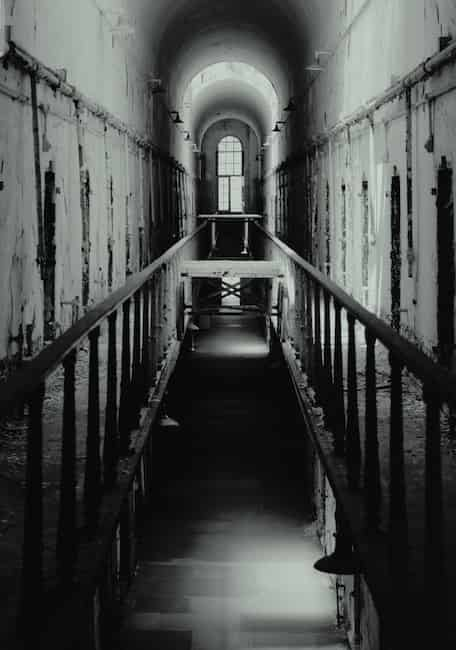
Visiting Eastern State Penitentiary Today
Tours and Exhibits
Today, Eastern State Penitentiary is a popular tourist destination, offering a range of tours that explore its rich history and haunted legacy. Daytime tours are available year-round, allowing visitors to walk through the crumbling cellblocks and learn about the prison’s history through interactive exhibits. One of the most popular attractions is Al Capone’s cell, which has been restored to resemble how it appeared during his stay.
For those interested in the paranormal side of the penitentiary, nighttime tours are also available. These tours focus on the ghost stories and paranormal activity reported over the years, giving visitors a chance to experience the eerie atmosphere of the prison after dark.
Special Events
In addition to regular tours, Eastern State Penitentiary hosts several special events throughout the year. One of the most popular is the annual Halloween Nights, a month-long event that transforms the prison into a massive haunted house. This event draws thousands of visitors each year and features a mix of historically inspired and fictional haunted attractions.
The penitentiary also offers educational programs and historical reenactments, helping visitors understand the broader context of prison reform and the penal system. These events aim to educate the public about the history of incarceration while preserving the legacy of Eastern State as a site of historical importance.

Conclusion
Eastern State Penitentiary stands as a monument to the evolution of the criminal justice system, reflecting a kind of contradiction. On the one side, the hopes of reformers, and on the other, the brutal realities of incarceration. Its architectural innovations and solitary confinement model shaped prison design around the world, leaving a lasting impact on the penal system.
Whether you are drawn to its rich history or its eerie hauntings, Eastern State Penitentiary offers a captivating journey through time, where the past and the paranormal converge in hauntingly unforgettable ways.
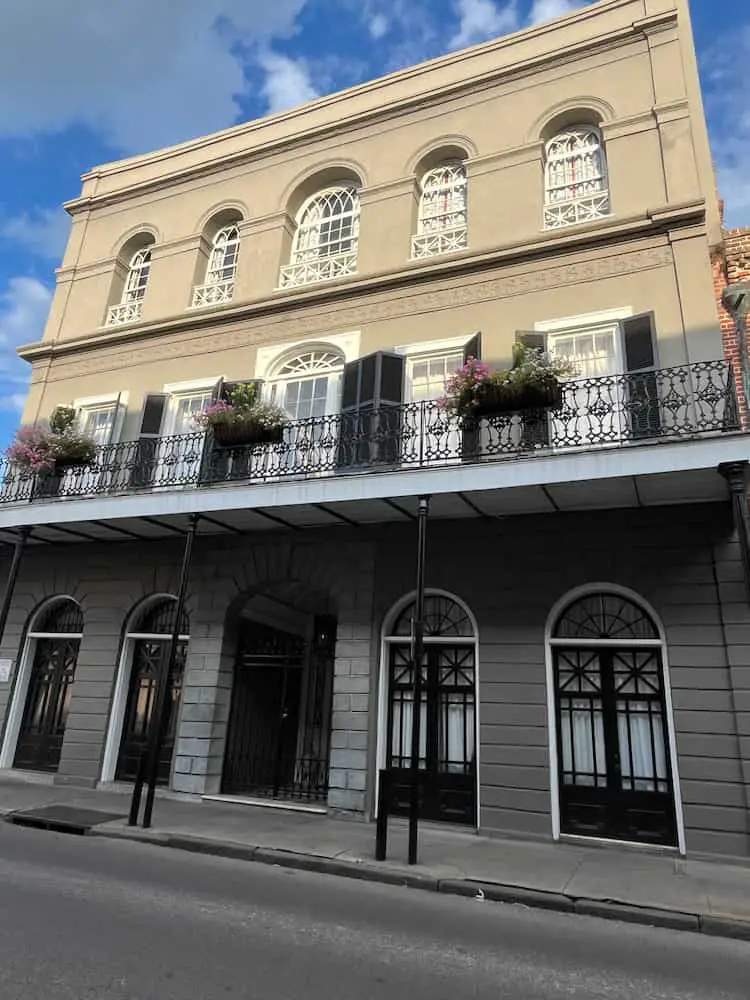
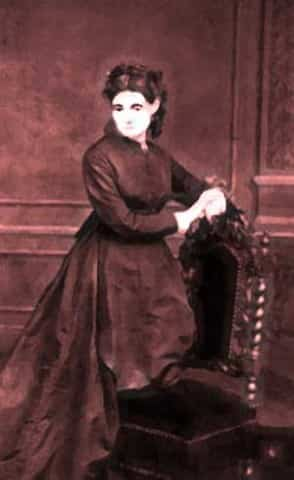
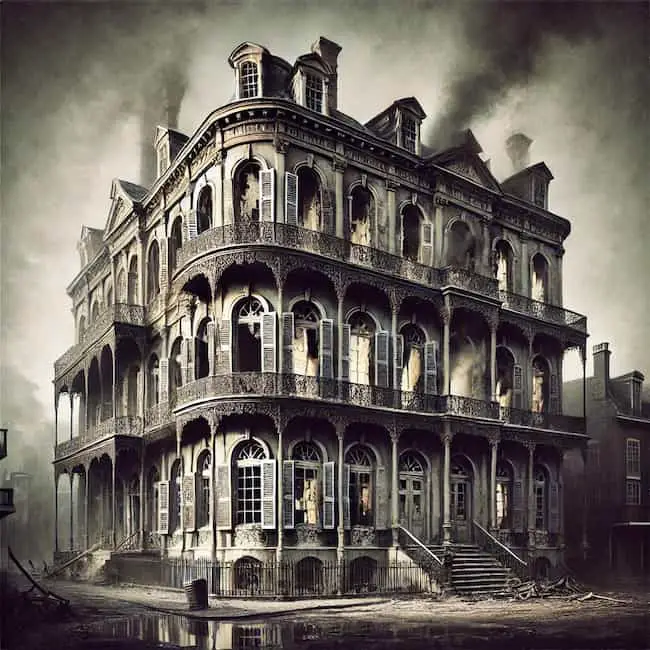


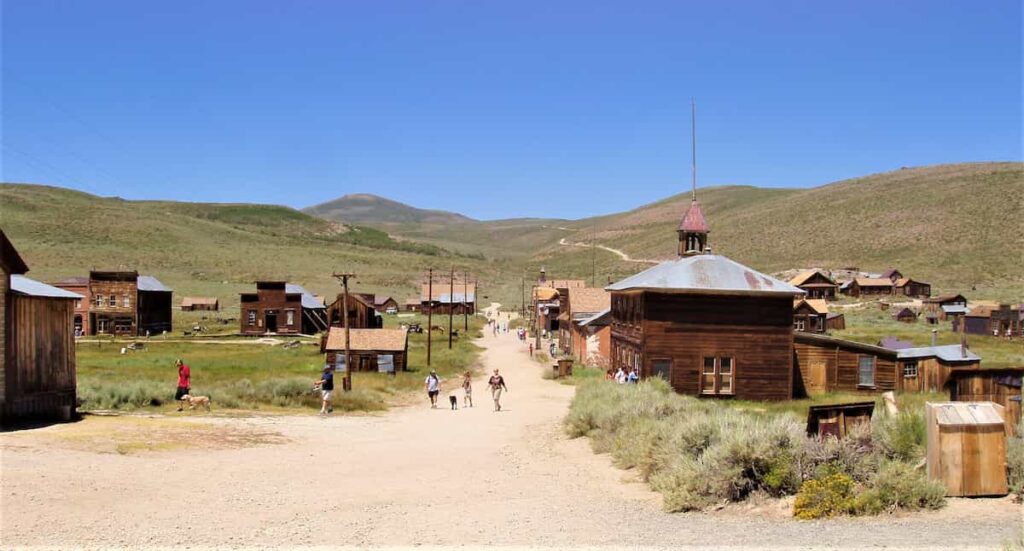
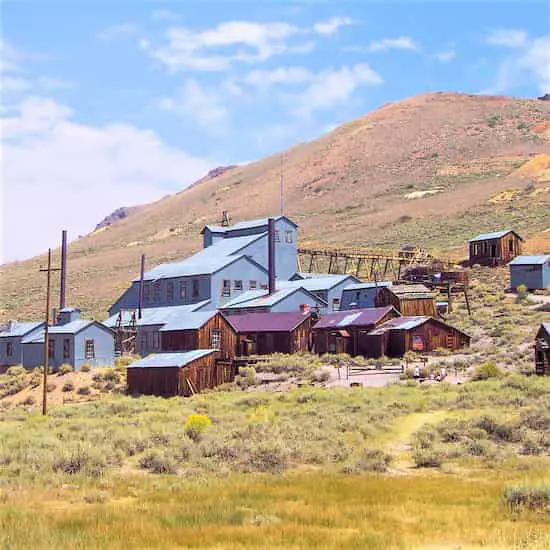
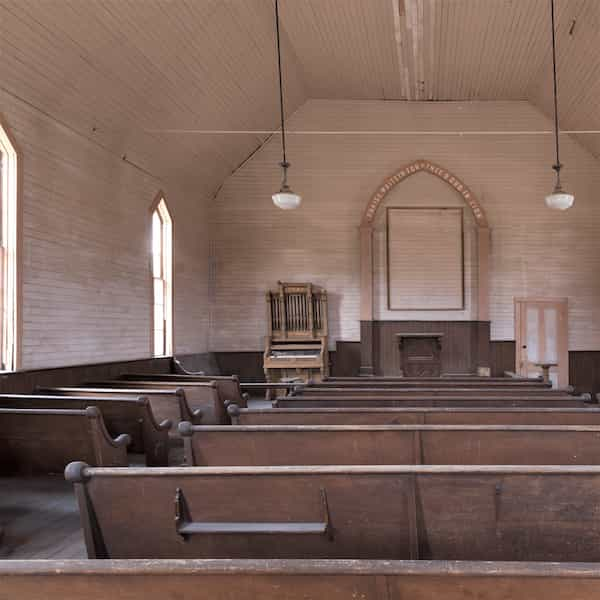
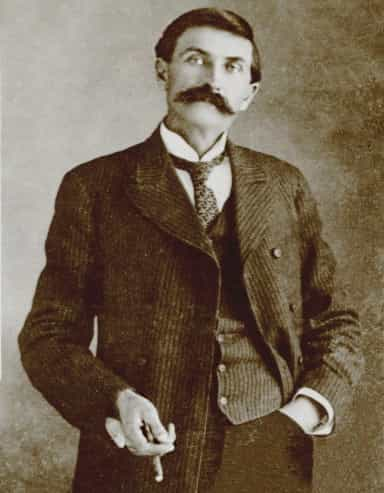
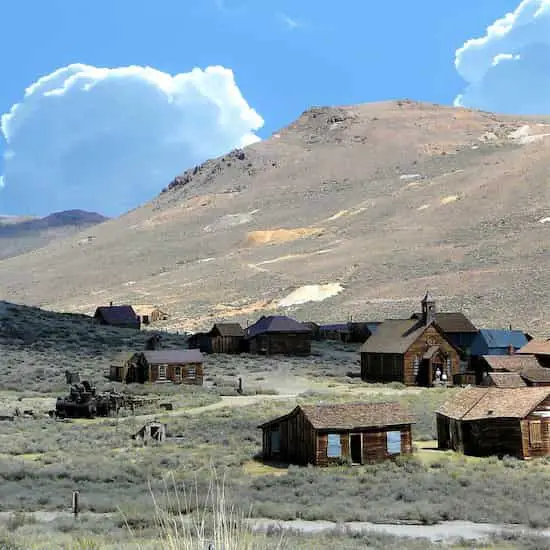
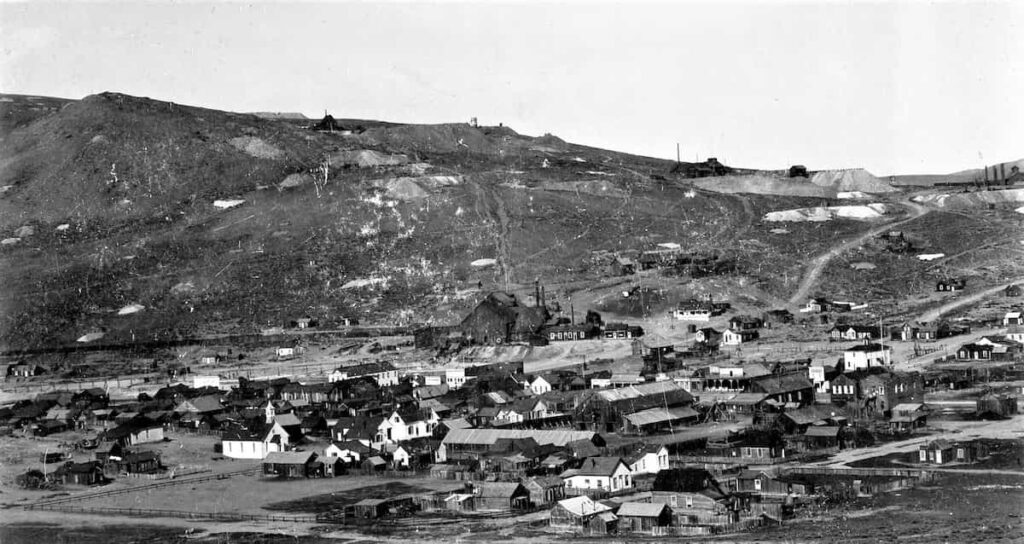

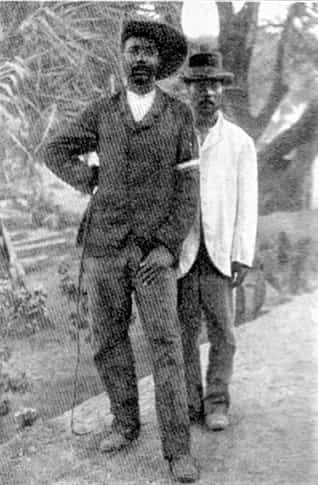
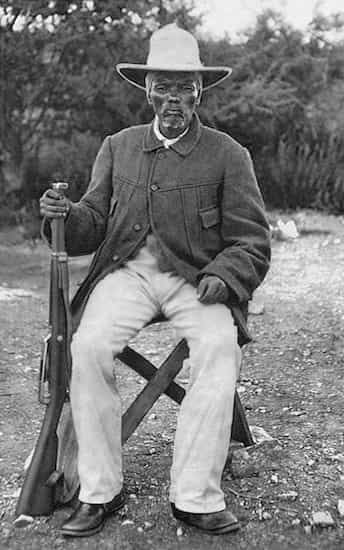
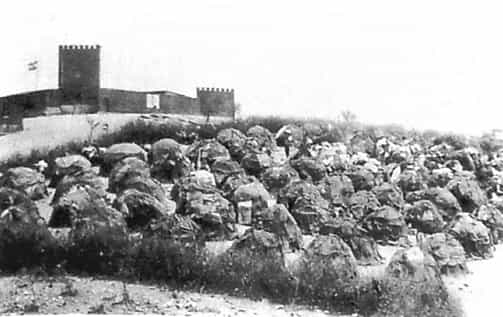
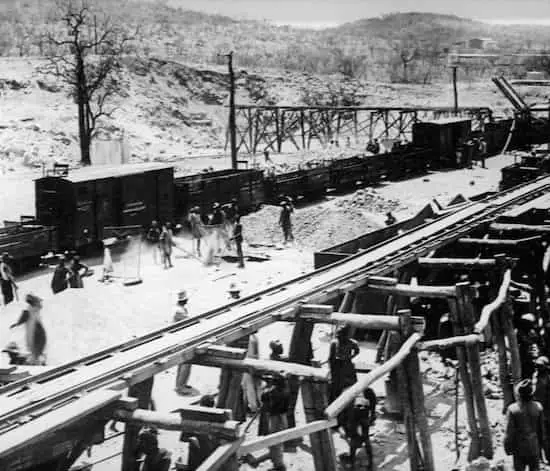
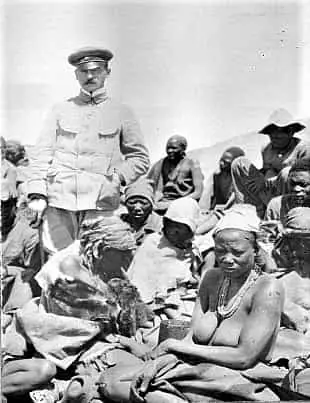
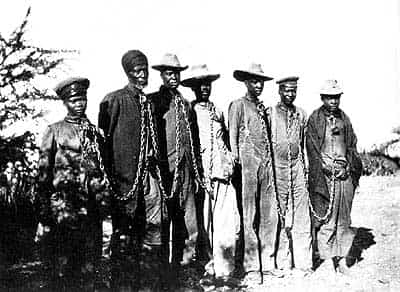
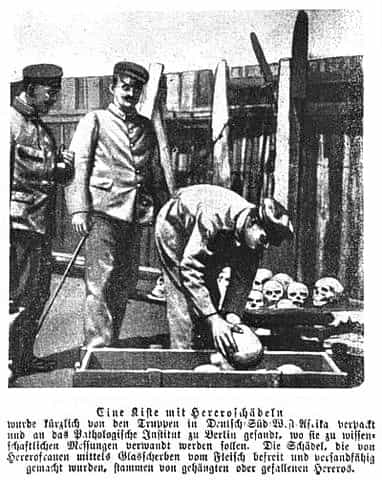





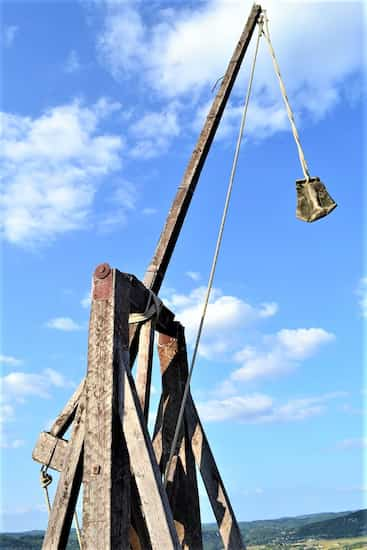

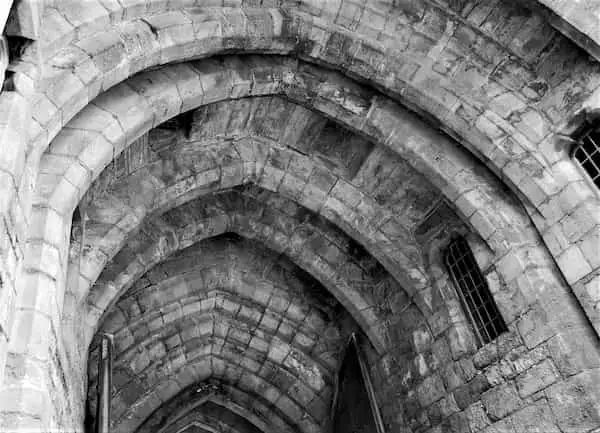
 The political context.
The political context.

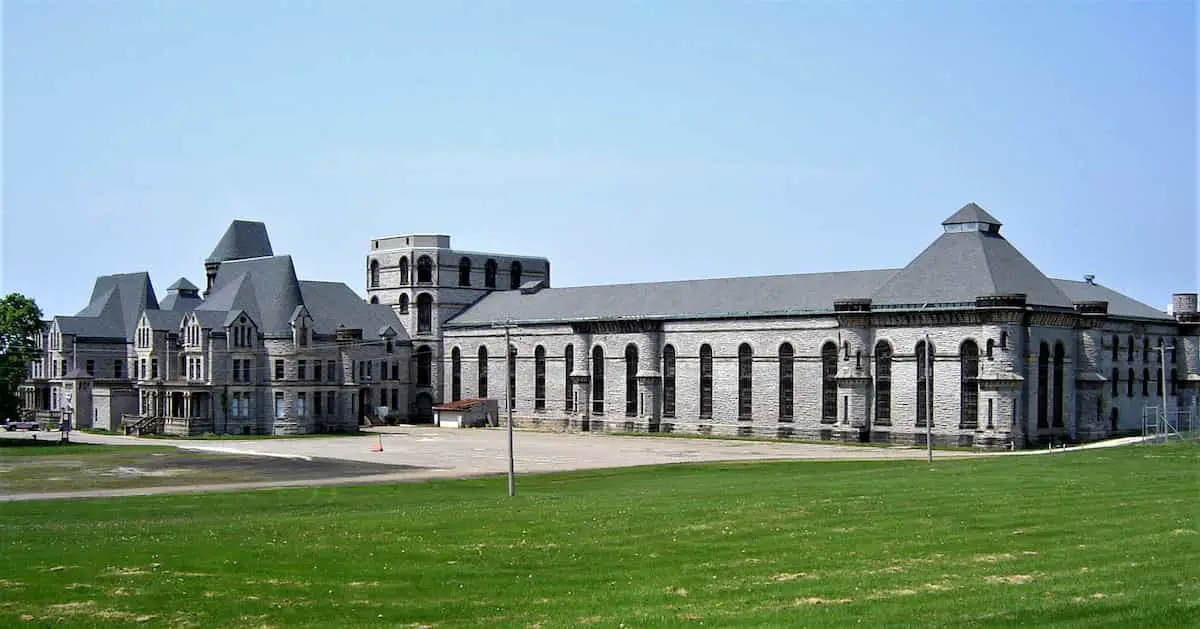
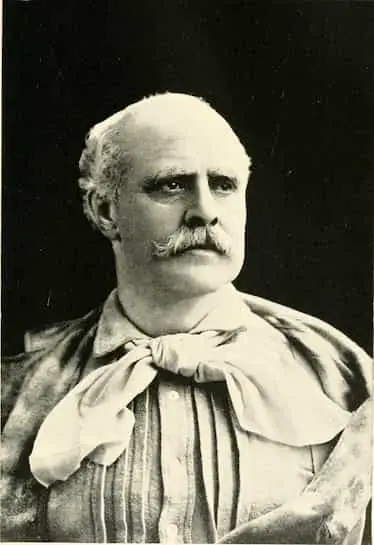

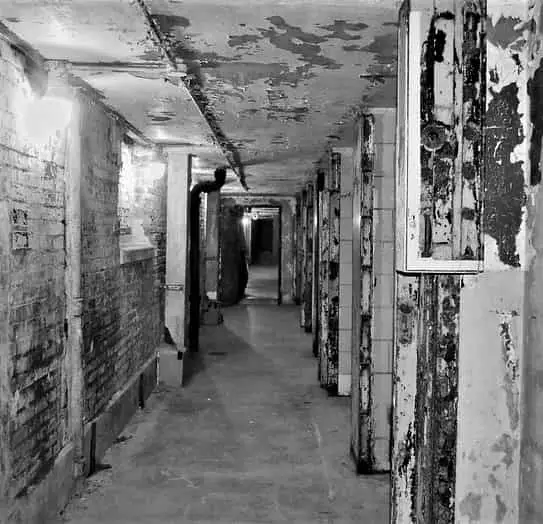
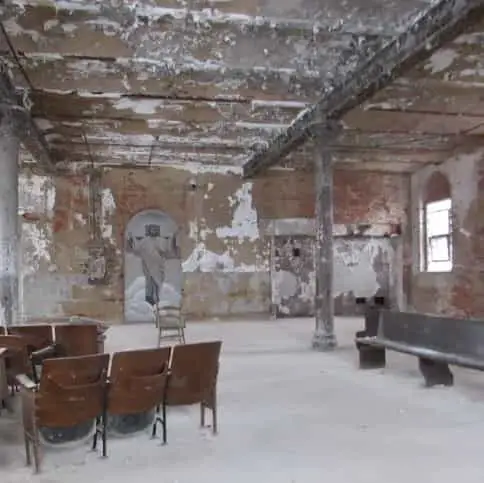
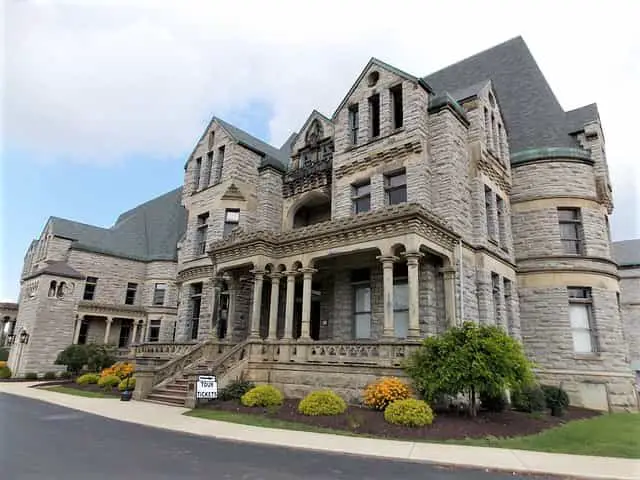 What do the YouTube experts say?
What do the YouTube experts say?
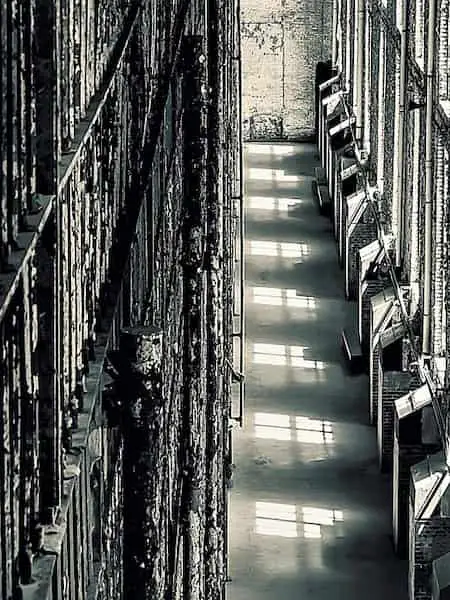
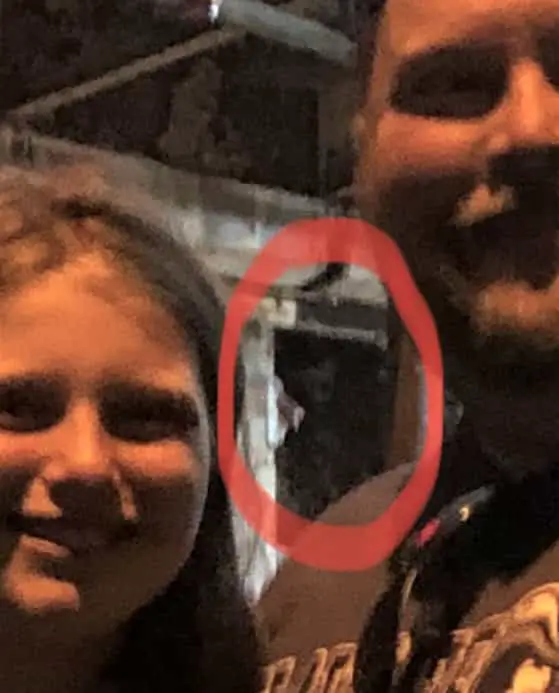

 In the very first years of 1900, something called illustrated songs were widely performed in vaudevilles, theaters, and nickelodeons. The illustrated song consisted of music, often a singer accompanied by piano. Together with the song, still-, or moving images projected from glass slides were shown. They were often done before the show, and in the case of nickelodeons, after, or in between at reel changes.
In the very first years of 1900, something called illustrated songs were widely performed in vaudevilles, theaters, and nickelodeons. The illustrated song consisted of music, often a singer accompanied by piano. Together with the song, still-, or moving images projected from glass slides were shown. They were often done before the show, and in the case of nickelodeons, after, or in between at reel changes.

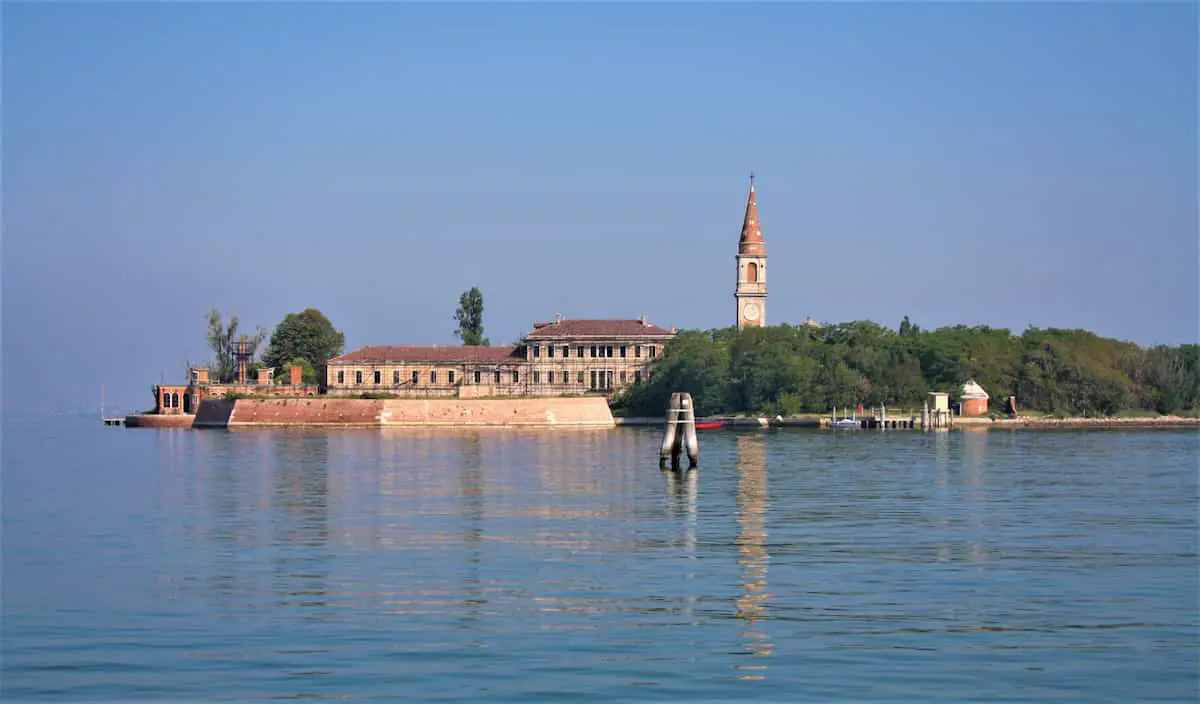

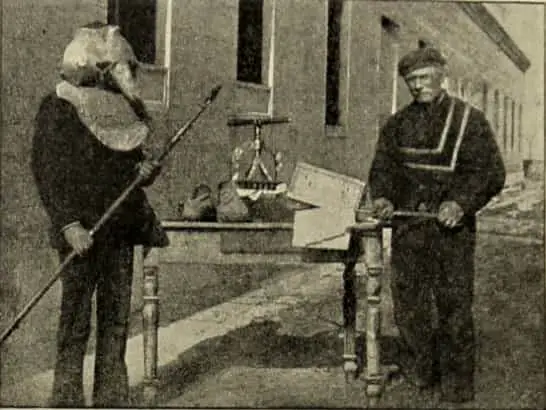
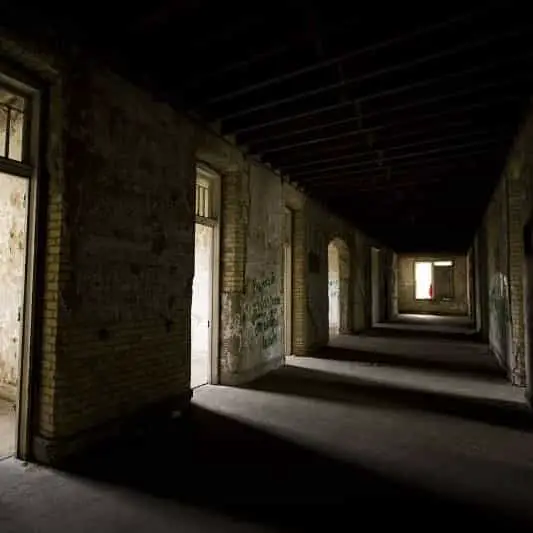
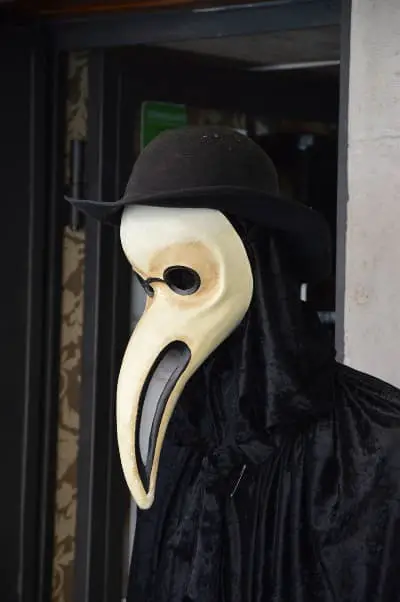 How to do a TV show.
How to do a TV show.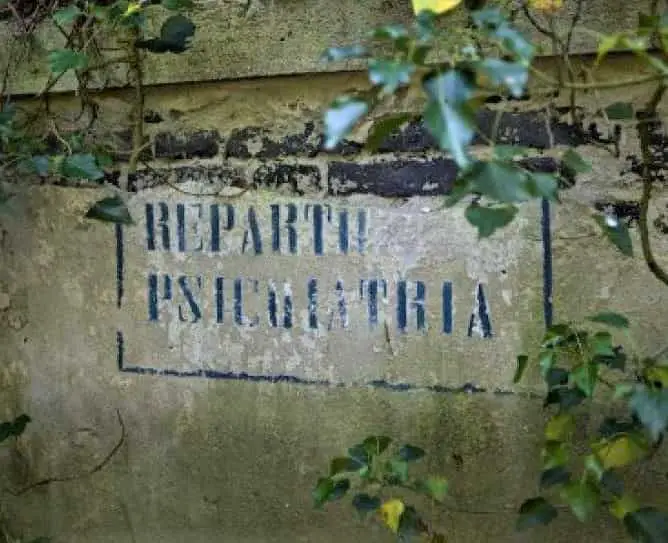


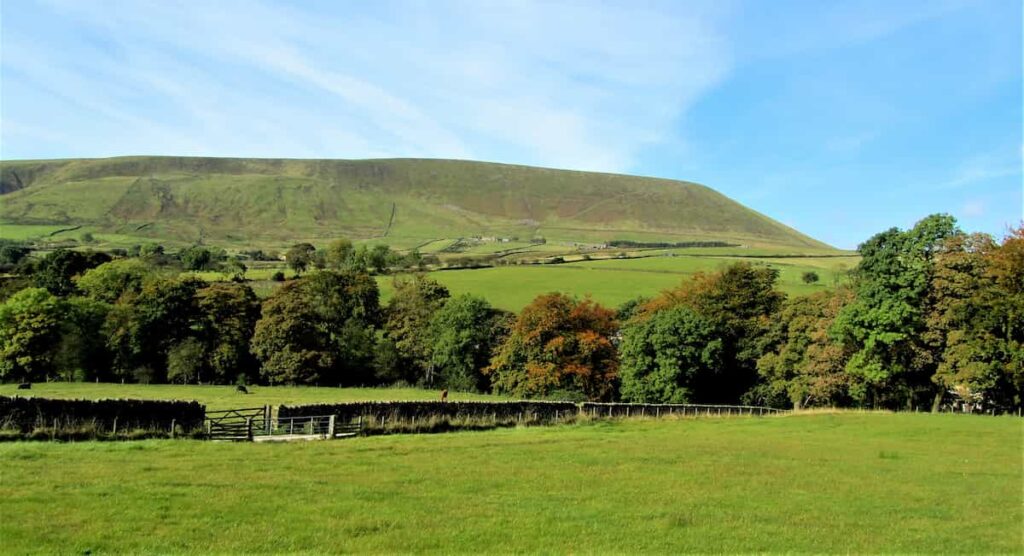

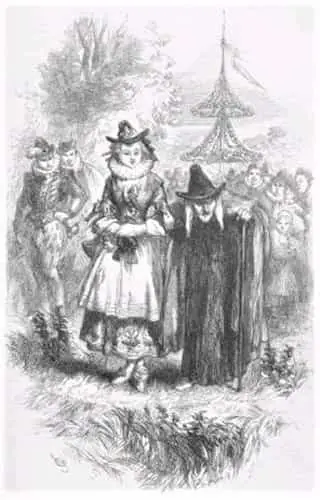
 The Executions
The Executions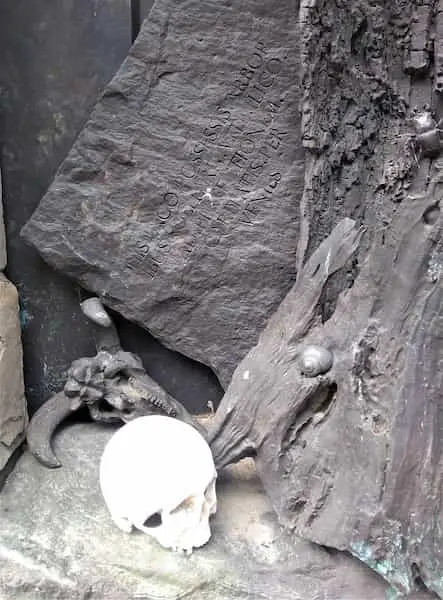
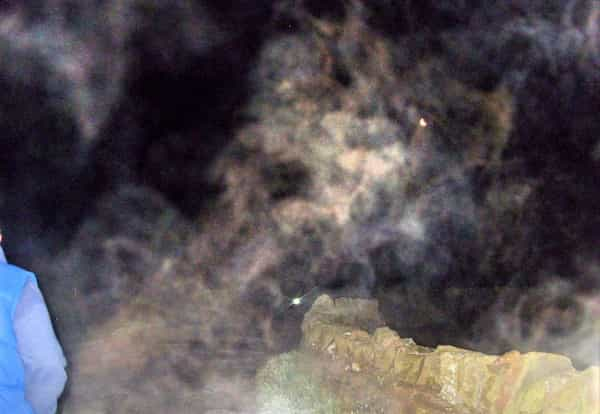 A few of the many observations…
A few of the many observations…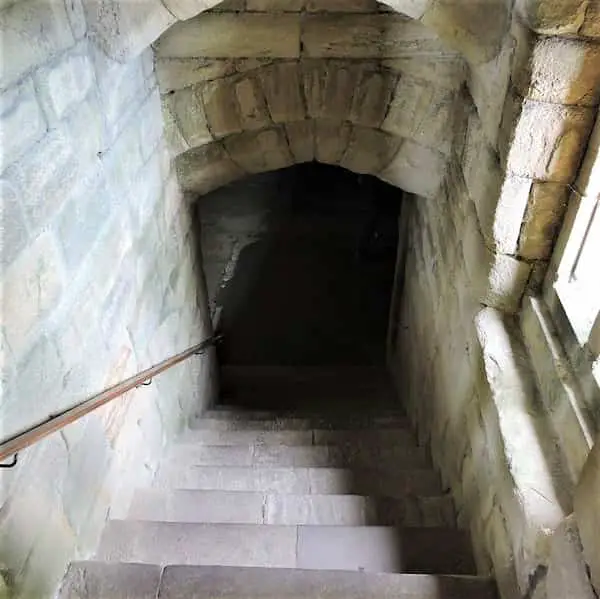 After that, the sightings peaked.
After that, the sightings peaked.
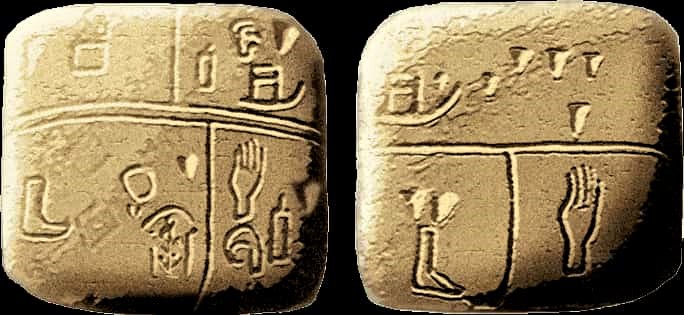
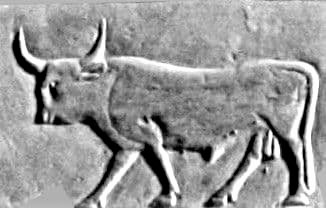
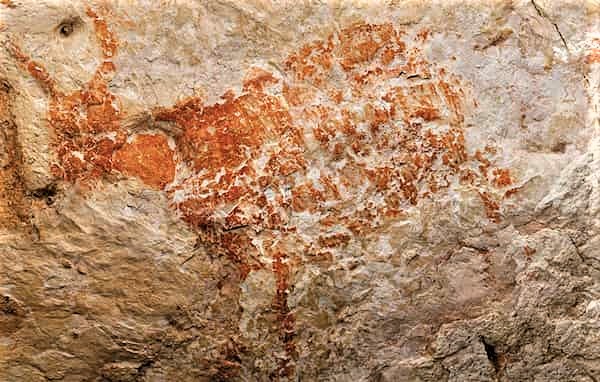

 What defines a Language?
What defines a Language?
